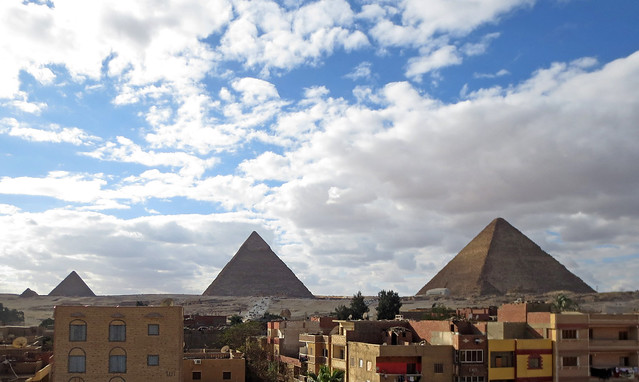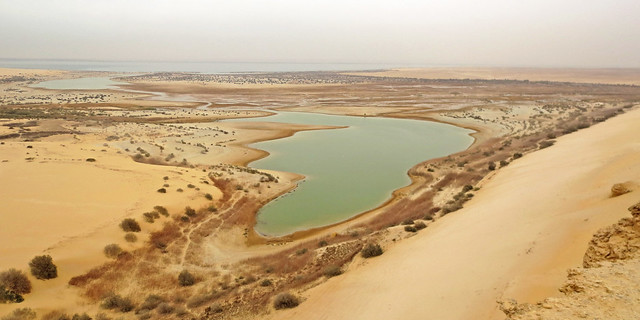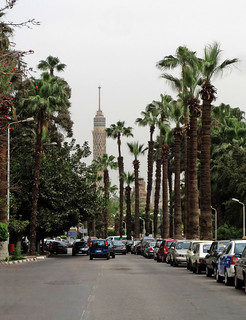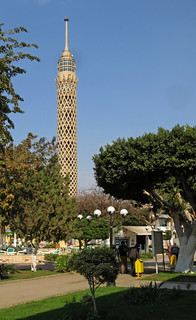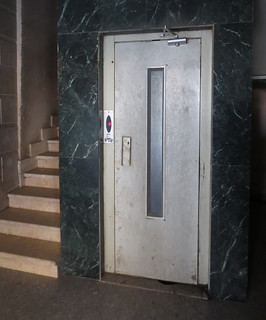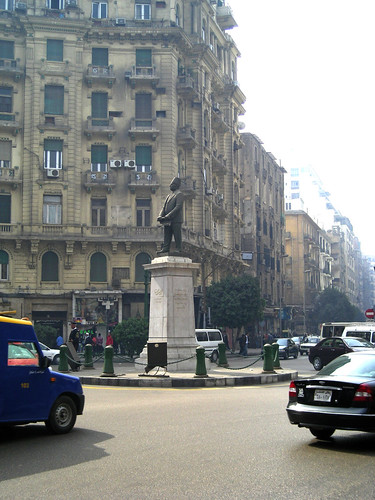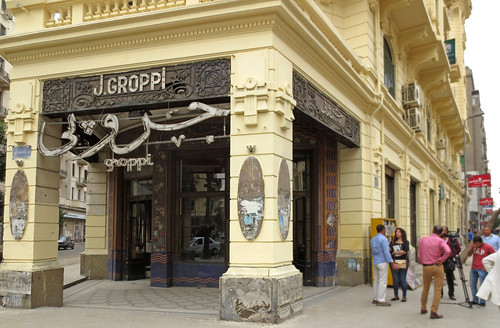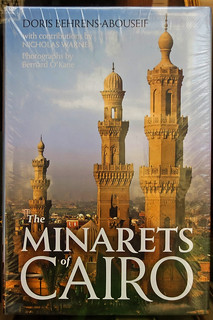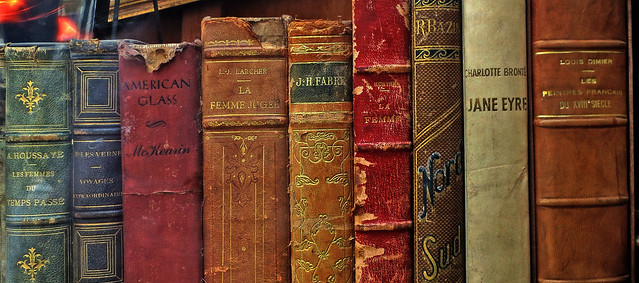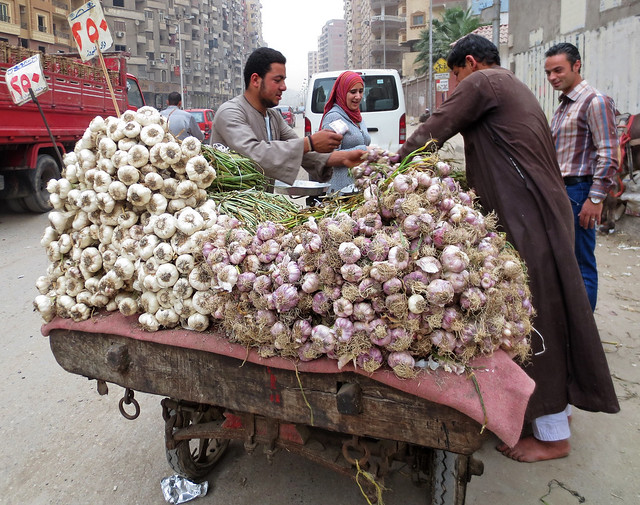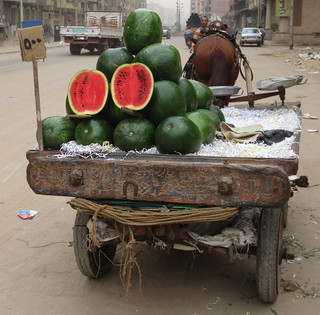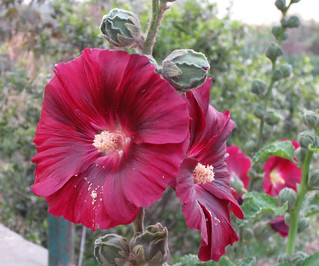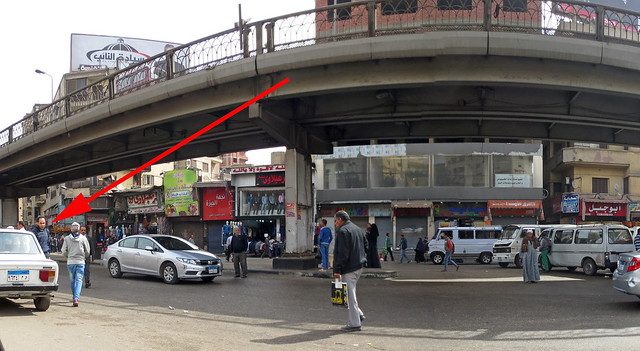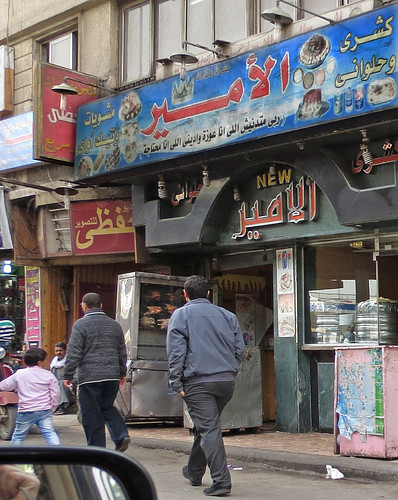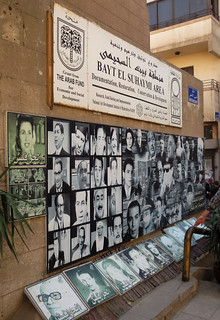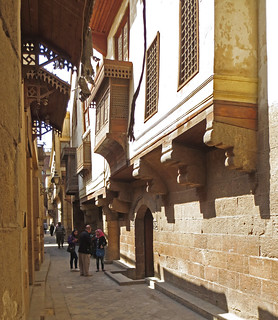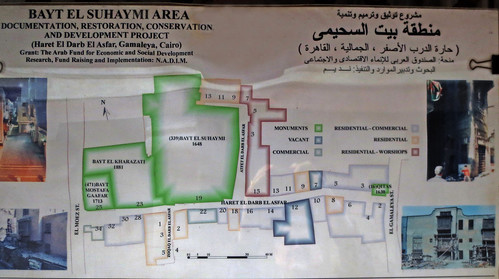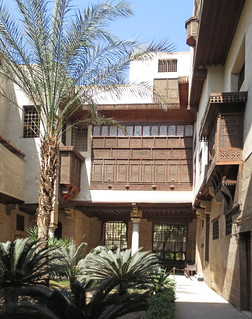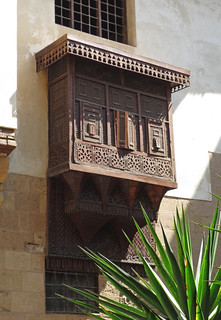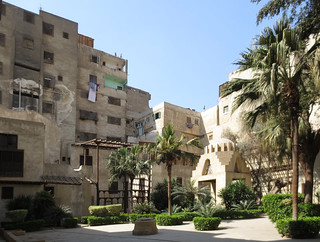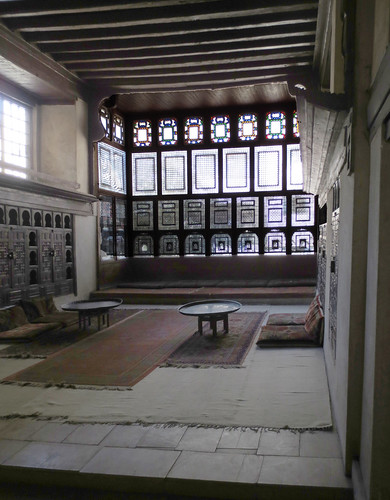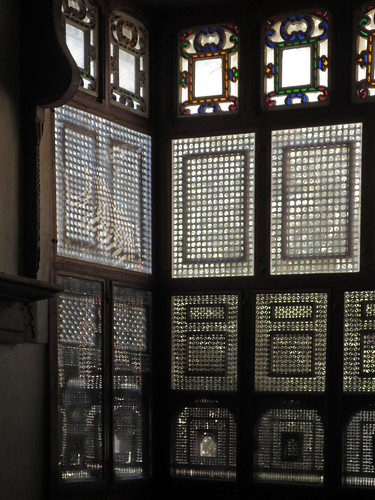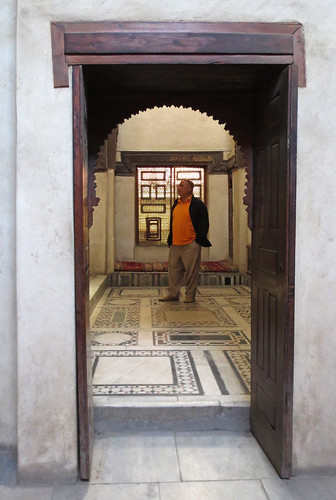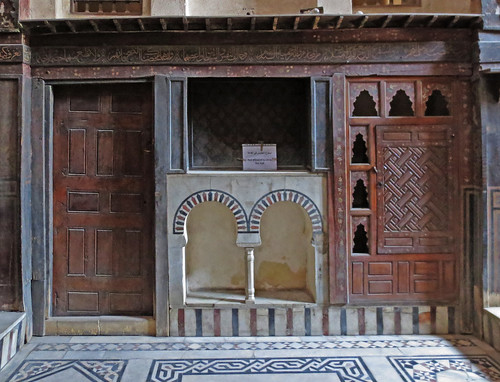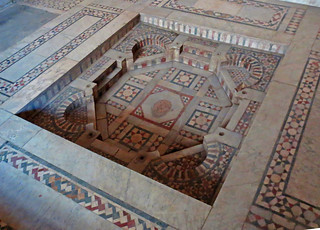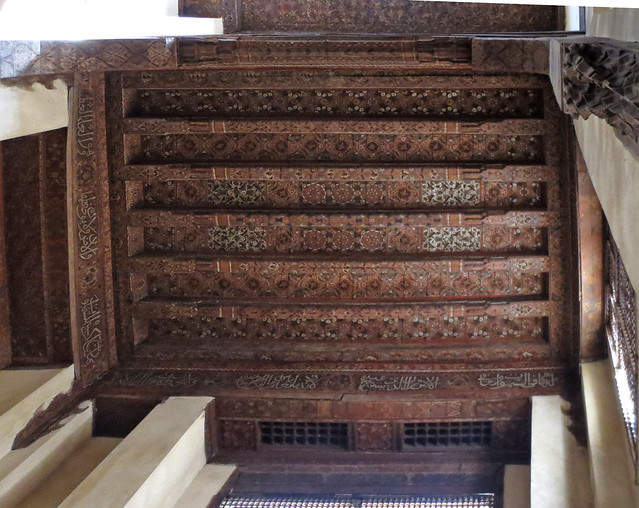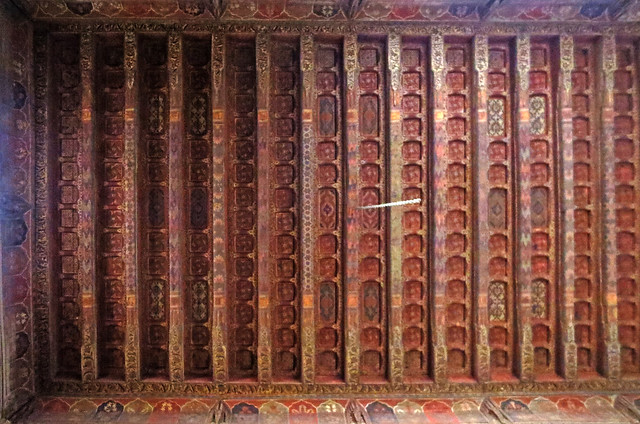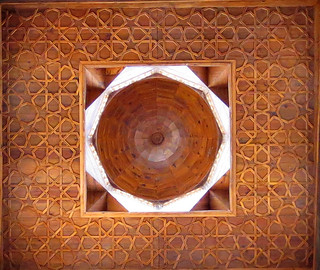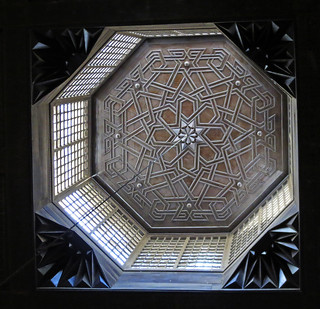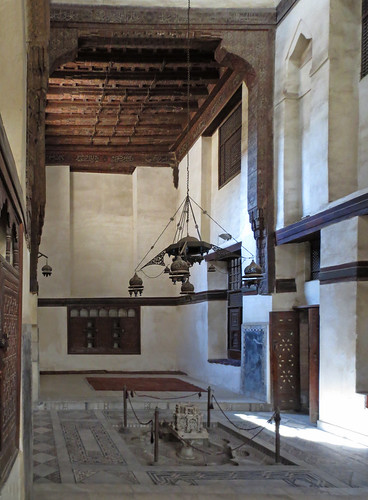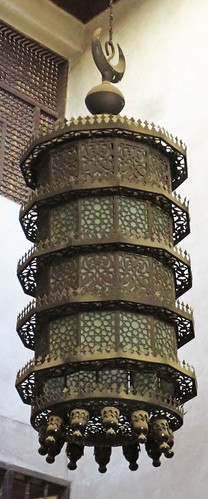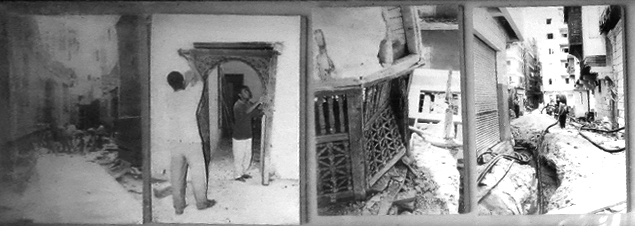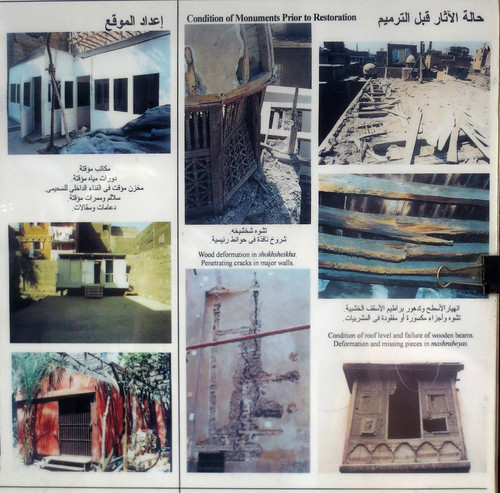As Linda reminds me with some frequency, when we arranged the purchase of our Condo back in 2006 I said, "No, we don't need a telephone line." I wasn't thinking about the internet at the time. As our internet service via 3G cellphone providers varied from OK to poor (and non-existent during the 2011 revolution) I came to regret the decision.
Last year, we headed down to the local phone company with a friend to help us get a land line installed.
Telecom Egypt is the partially privatized Egyptian telephone company that has replaced the infamous government telephone authority dating from 1854.
People waited sometimes for years to have fixed phone lines installed,
and the old copper infrastructure made connections unstable. Phone lines
outside major cities were failing. Mobile technology aided in the
diffusion of phones, but the government also extended fibre optic
connections throughout Egypt, upgraded the copper lines and data
centres, improved the integration of applications and in general provided more fixed-line connections. Now it only takes a few weeks to have a fixed line installed.
I've been told that visiting an Egyptian telephone office in "the old days" was quite an experience in middle-eastern bureaucracy. Once T.E. had to begin competing for customers with the cellphone providers Vodafone, Etisalat and the like, this changed dramatically.
This is a modern T.E. building just off Faisal street near the pyramids.
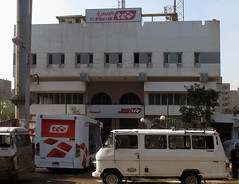
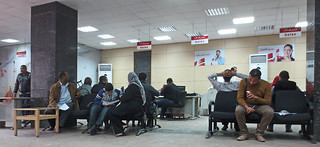
There is a large waiting room with comfortable chairs, generous lighting and, during busy times, a take-a-number system. We like to arrive when they open at 9:00 a.m. to beat the crowds.
We made several visits last year with a helpful friend. Unfortunately, we couldn't have a phone installed. It was necessary to visit "upstairs" with the chief engineer (just beyond the
#5ESS switch room) to get to the root of the problem. T.E. was out of copper in our neighborhood. All of the phone line twisted pairs were in use. Would we settle for wireless?
Well, no, that sort of defeats the purpose of getting a better hard-wired connection. Would they be installing more wires? He checked the large drawings that he had been scanning, found a number and went to a three-ring binder. "You are in luck!" he said in Arabic, " - next year, in-sha'allah..."
Although the internet service via Vodafone has been pretty good this year, we followed up in February on our land line possibility. Of course, our application had been on file for over a year so it had been discarded. We decided to ignore it. And then, I saw this fellow, spooling out cable into a shallow ditch near our building that had been hewn with pick and shovel over the previous few days alongside and out into our newly blacktopped street.
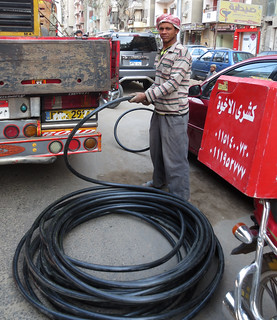
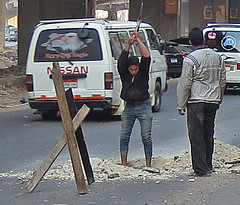
A bit farther on, as I approached our neighborhood supermarket, I saw connections being made by a telco splicer.
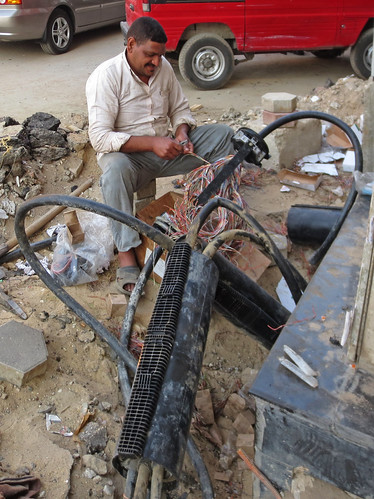

We returned to the T.E. office this week and filled out a fresh application and may get a connection as soon as next month! (That will be April and we'll be in Minnesota) When I signed the application, I neglected to hand the camera to Linda, so you'll just have to take our word for it. But, next January ...

